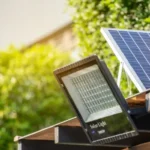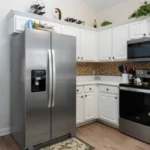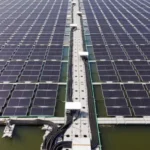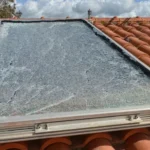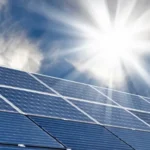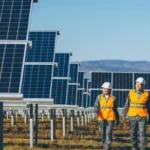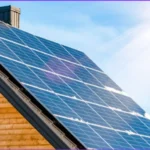As the world moves toward more sustainable energy solutions, many homeowners and businesses are switching to solar energy. One of the key components of a solar energy system is the solar inverter and charge controller. These two devices are crucial in ensuring your solar panels work efficiently, storing excess energy, and converting it into usable power for your home or business.
If you’re considering installing solar panels or upgrading your current system, understanding the role of a solar charge controller is essential. In this blog post, we’ll discuss the benefits, cost savings, installation process, and maintenance of these vital components so you can make an informed decision about your solar energy needs.
What is a Solar Inverter Controller?
A solar inverter controller vital pieces of equipment in any solar power system. While they serve different functions, they work together to optimize the use of solar energy.
Solar Inverter: Converting Solar Power Into Usable Energy
A solar inverter converts the direct current (DC) electricity produced by your solar panels into alternating current (AC) electricity, which is what most home appliances use. Without an inverter, the electricity generated by the solar panels would not be usable for your home or business.
Charge Controller: Managing Battery Power Efficiently
A charge controller manages the power coming from the solar panels to the battery storage system. It ensures that your batteries are charged safely and efficiently by preventing overcharging or discharging, which could reduce their lifespan.
The solar inverter and controller provide clean, reliable energy for your home or business. Whether using a solar inverter and battery system or a setup that powers specific appliances like your solar inverter air conditioner, these components are essential to ensure everything runs smoothly.

The Benefits of Using a Solar Inverter and Charge Controller
The solar inverter and controller play a massive role in enhancing the efficiency of your solar power system. By ensuring that your solar panels are working at maximum efficiency and that the energy is stored and used correctly, these devices can help you get the most out of your investment.
Maximizing Energy Efficiency and Reducing Waste
One key benefit of using a charge controller is improving energy efficiency. The inverter ensures that the power generated by your solar panels is converted into the electricity your home needs, while the charge controller ensures that your battery is charged in the most efficient way possible.
By using both of these devices, you can maximize the solar energy your system produces, leading to greater savings and a lower carbon footprint.
Cost Savings on Energy Bills and System Longevity
Solar energy is one of the most effective ways to reduce electricity bills. A well-functioning solar inverter and controller system ensures you’re using energy efficiently, reducing waste and optimizing the energy you can use from your solar panels.
The charge controller also helps protect your batteries, which reduces the need for frequent battery replacements, helping you save even more money in the long run.
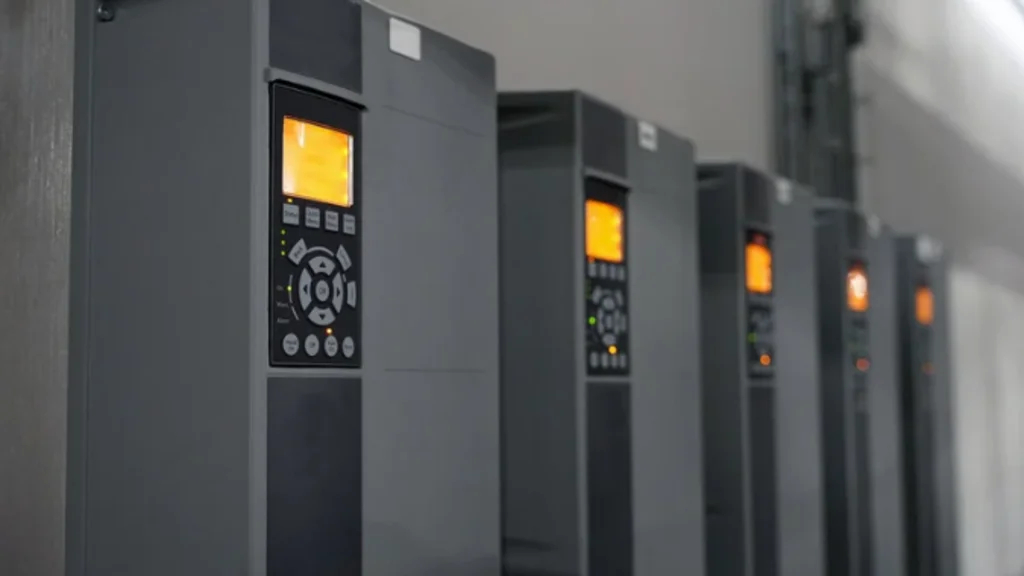
Installation and Maintenance of Solar Inverters and Controllers
Installing and maintaining your solar inverter and charge controller correctly is essential for ensuring long-term efficiency and reliability. While the installation process is best handled by a professional, it’s necessary to understand what goes into both solar power panel installation and regular maintenance.
Easy Installation Process: What to Expect
A qualified solar technician should do the installation of your solar inverter controller. They will ensure that both devices are correctly connected to your solar panels, batteries, and other necessary components.
The solar inverter controller are usually mounted securely, typically near your solar panels or batteries. The technician will also ensure that wiring is insulated correctly and everything is safely connected.
Regular Maintenance to Keep Your System Running Smoothly
Maintaining your solar inverter and controller involves simple steps to keep everything running smoothly:
- Regularly inspect the inverter for dust or dirt.
- Clean the charge controller and ensure the wiring is intact.
- Check the battery levels and ensure that the charge controller is functioning correctly.
Although these devices require minimal maintenance, it’s still important to check your system once or twice a year to ensure it works efficiently.
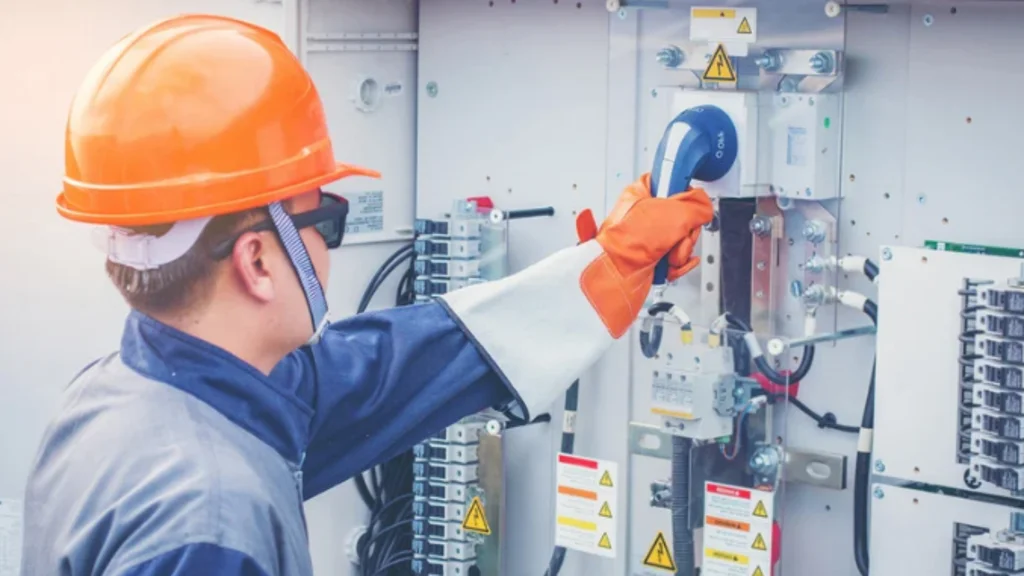
Why Solar Inverters Controllers Are Essential for Your Solar Energy System
A solar inverter and charge controller ensure your solar energy system operates efficiently and saves you money. These devices work together to maximize the energy you get from your solar panels and to keep your batteries healthy, reducing the need for costly repairs and replacements.
If you’re ready to invest in a solar inverter and charge for your home or business, now is the time to start planning. Explore the options available and speak with a solar professional about the best system for your needs.
Ready to take the next step toward harnessing the power of solar energy? Contact us today to learn more about solar inverters and charge controllers and how they can help you save money while reducing your carbon footprint. Let’s get started on your solar journey today!
FAQs
- Do I need both a solar inverter and a controller?
Yes, if you’re using a battery system, you’ll need a charge controller. The inverter ensures your solar energy is converted to usable electricity, while the charge controller protects your battery and maximizes its lifespan.
- Can I use a solar inverter without a controller?
You can skip the charge controller if you’re not using batteries to store energy. However, for a complete and efficient solar system, it’s best to use both a solar inverter and charge controller to optimize performance and longevity.
- How much do solar inverters and controllers cost?
The cost of a solar and charge controller can vary based on the size of your solar system and the specific models you choose. On average, you can expect to spend between $1,000 to $5,000 for both components, with additional installation costs.
- How long do solar and charge controllers last?
With proper maintenance, both the solar inverter and controller can last for 10-20 years. Regular checkups and maintenance will help extend their lifespan and keep your solar system running smoothly.


